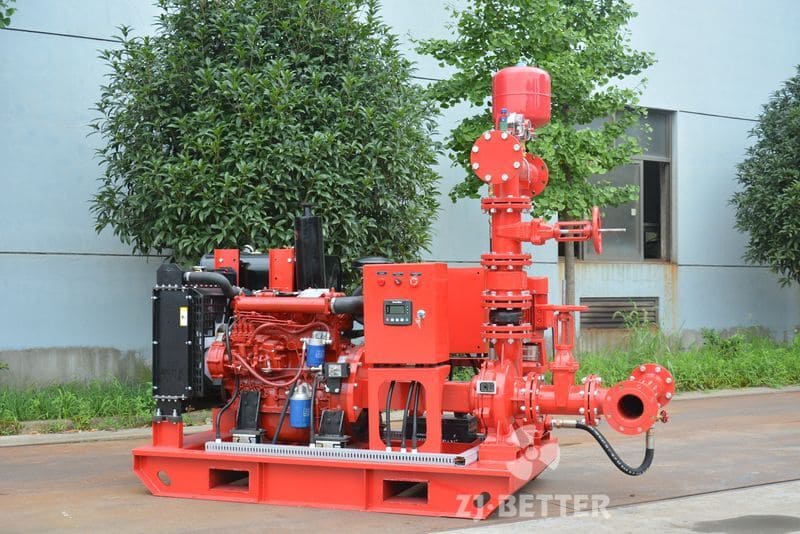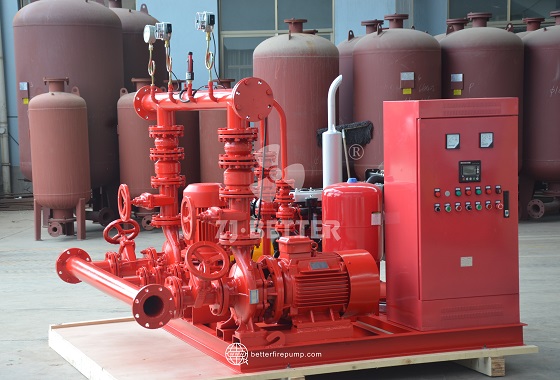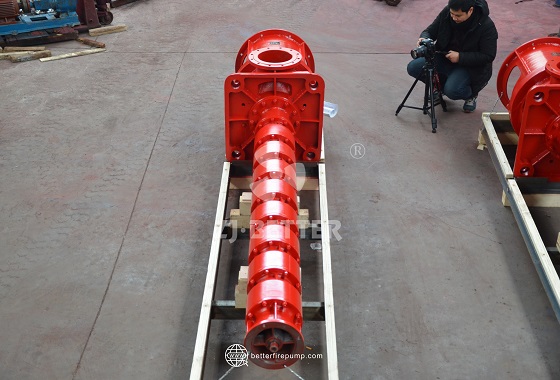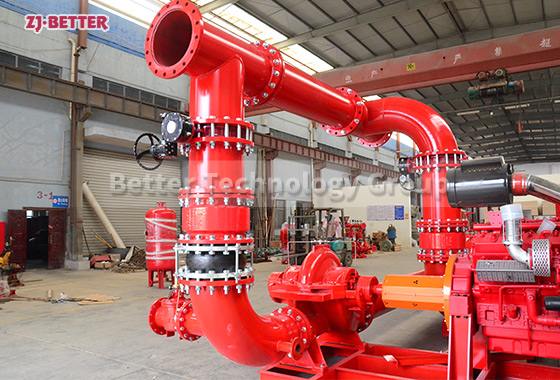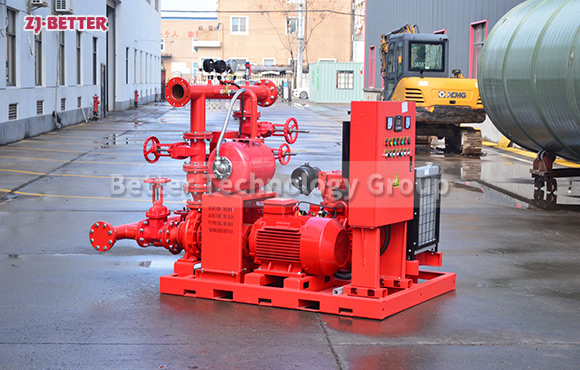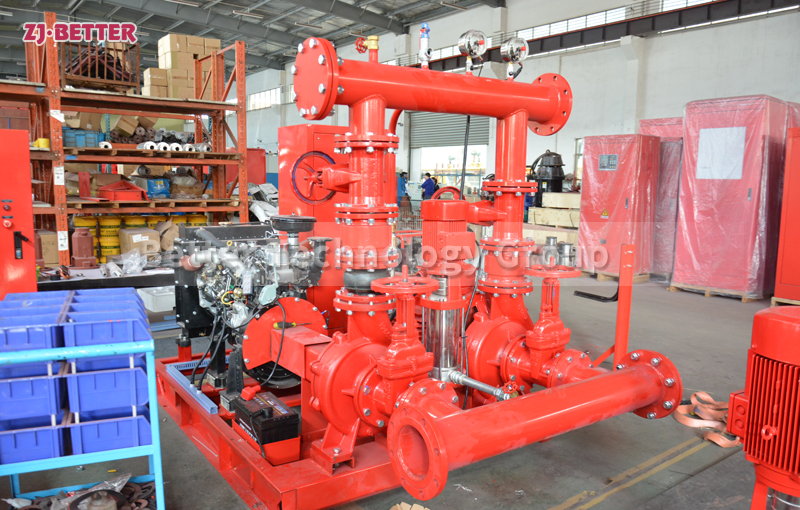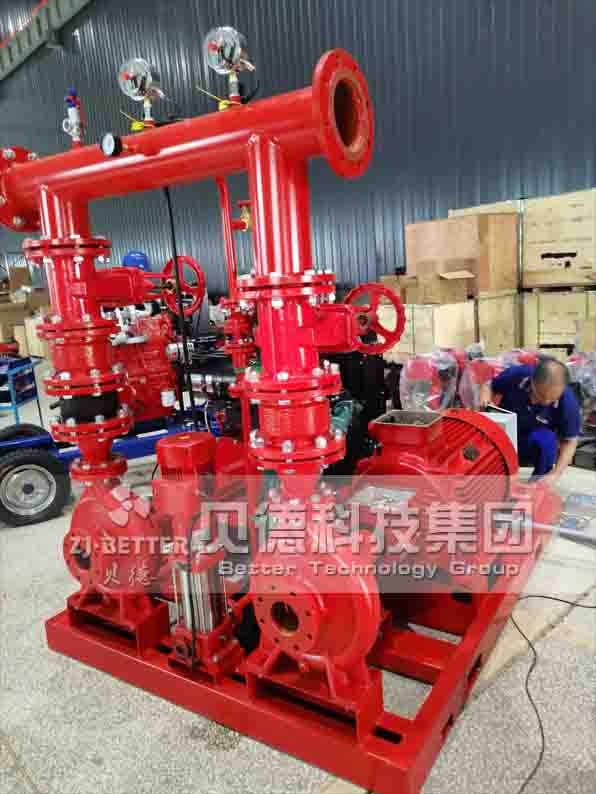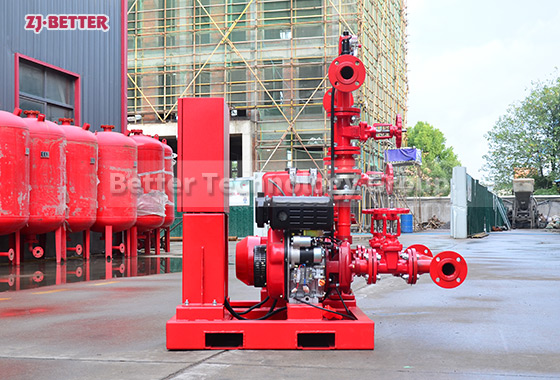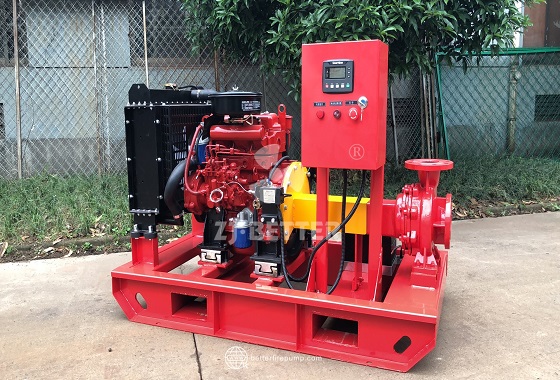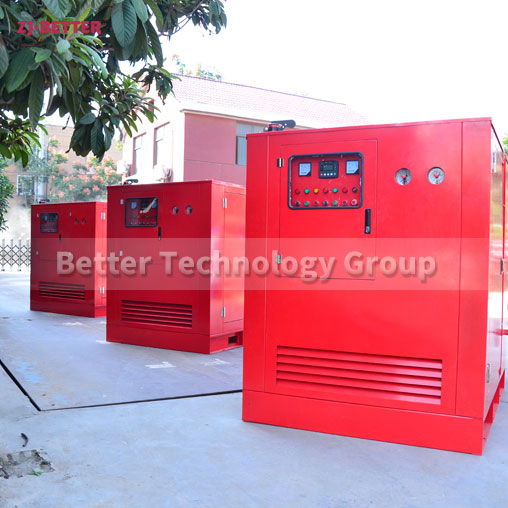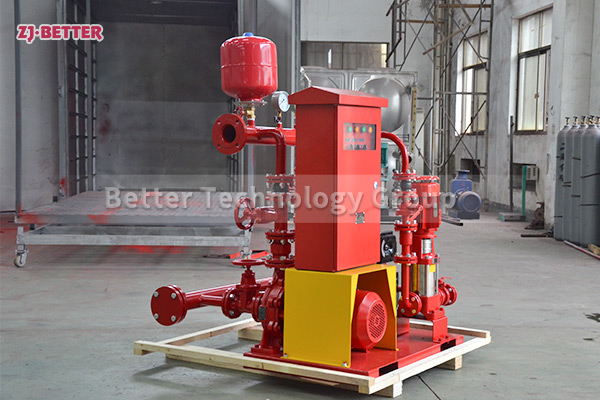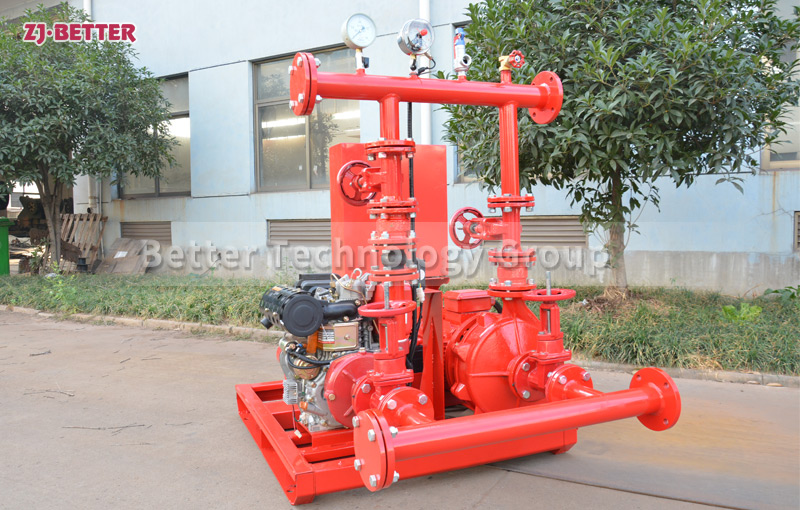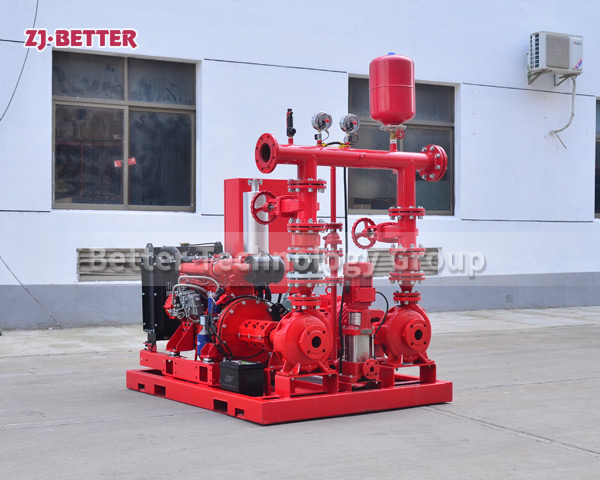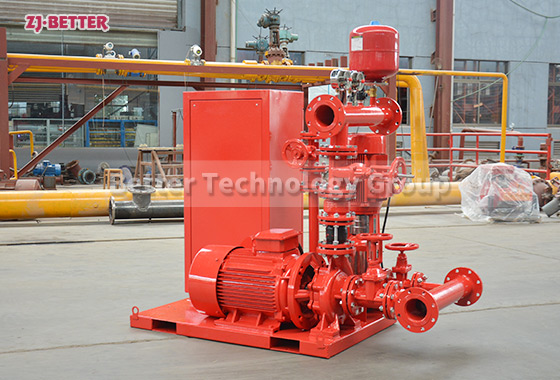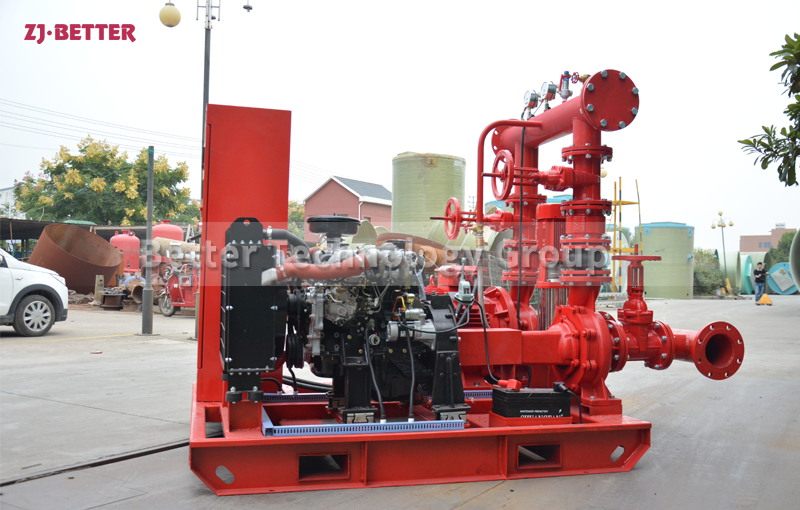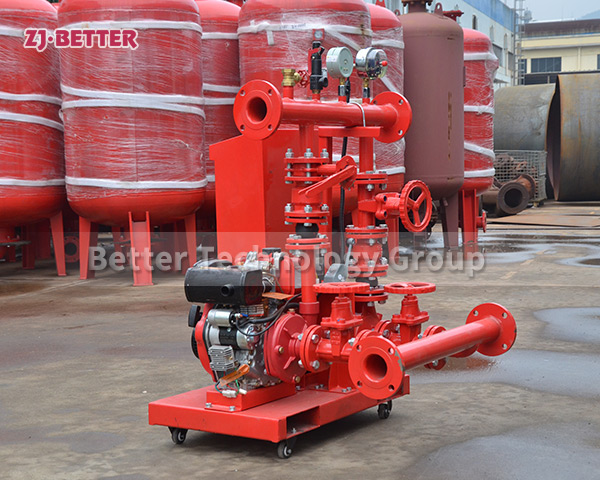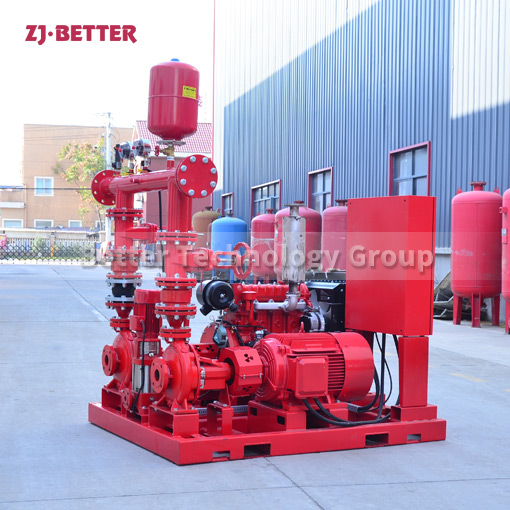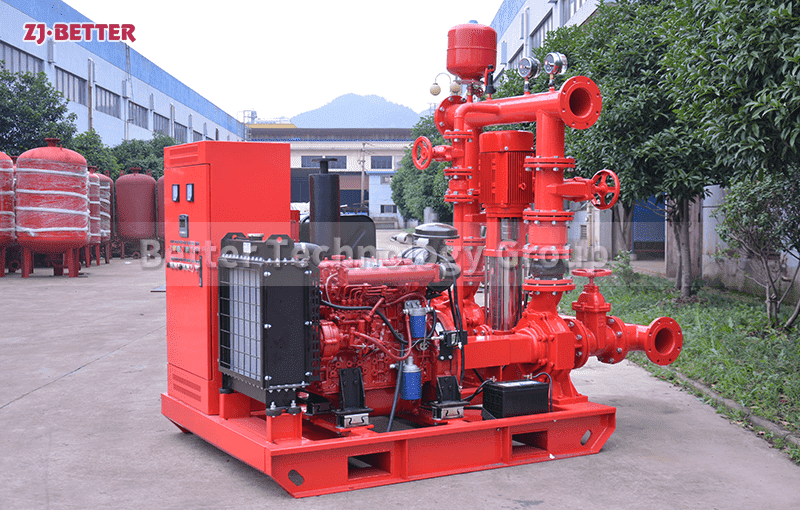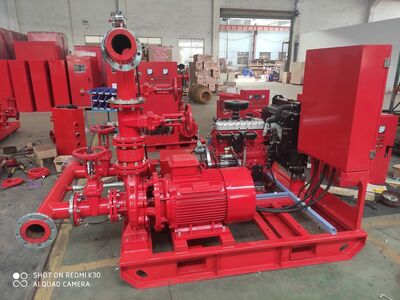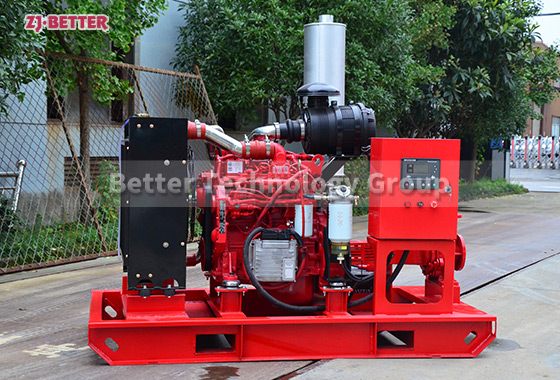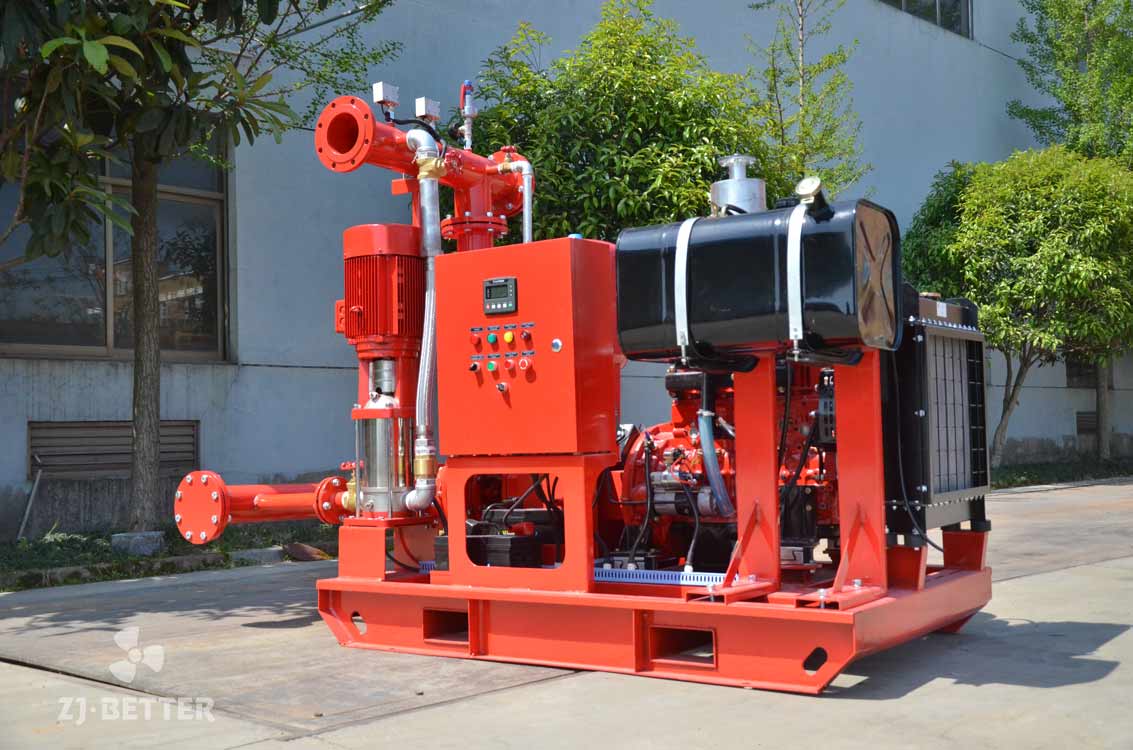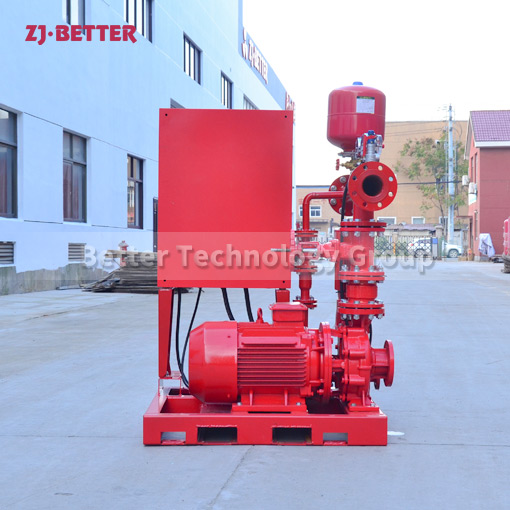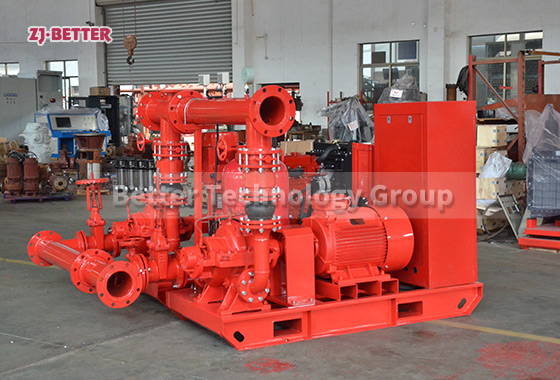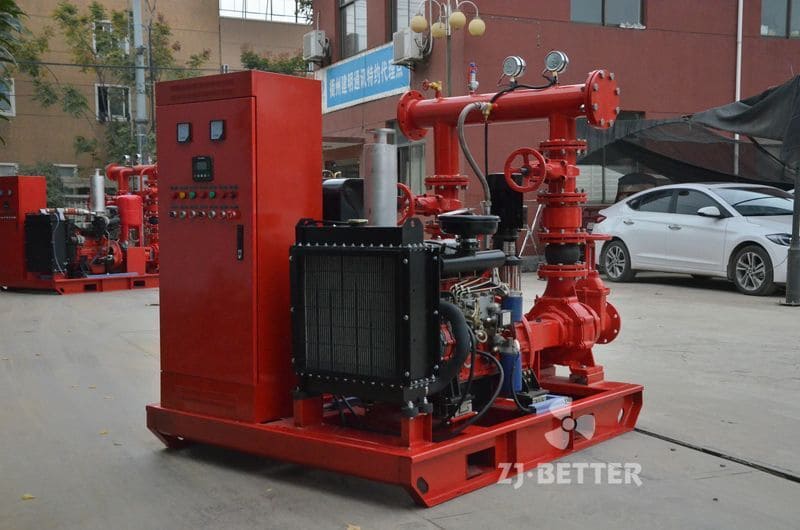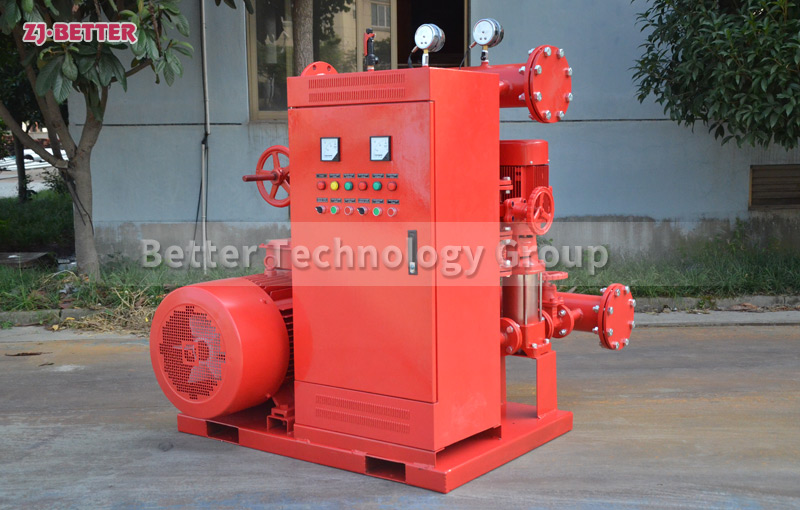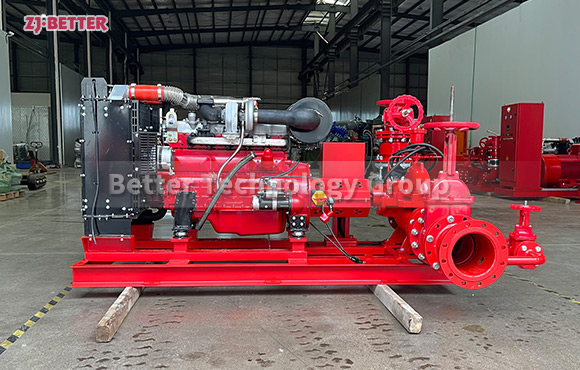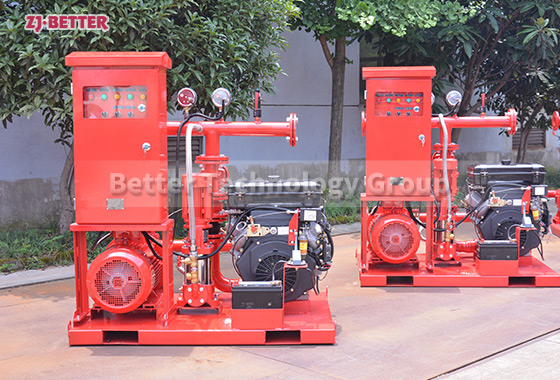How to Test a Fire Pump to Ensure Compliance
Learn the required methods for fire pump testing, including weekly churn tests and annual flow tests, to comply with NFPA 25 and ensure peak performance.
Testing your fire pump regularly is not just a best practice—it’s a mandatory requirement under NFPA 25, the standard for the inspection, testing, and maintenance of water-based fire protection systems. Performing the correct tests at the right intervals helps ensure that your fire pump will function during an emergency and remain compliant with fire safety codes. Here’s how to do it properly.
1. Understand Testing Requirements by Frequency
NFPA 25 breaks fire pump testing into weekly, monthly, and annual tasks. Each has a specific purpose and method:
-
Weekly: No-flow (churn) test
-
Monthly: Diesel engine batteries and fuel system check
-
Annually: Full flow test at rated and overload capacity
2. Conduct the Weekly No-Flow (Churn) Test
This test verifies that the fire pump starts and runs without flowing water.
Procedure:
-
Ensure all discharge valves are closed
-
Start the pump automatically or manually
-
Let it run for 10 minutes (electric) or 30 minutes (diesel)
-
Observe for any leaks, unusual noises, or abnormal vibration
-
Record suction and discharge pressure readings
This test helps identify problems like start-up failures or seal leaks early.
3. Perform the Annual Flow Test
The full flow test confirms whether the pump still performs according to its rated specifications.
Procedure:
-
Use a test header or flow meter connected to a discharge line
-
Flow water at:
-
100% rated capacity
-
150% rated flow at 65% pressure
-
Churn (0% flow)
-
-
Measure and record pressure and flow at each point
-
Compare results with manufacturer curves
Note: Flow tests must be witnessed or documented by a certified fire protection professional.
4. Test Fire Pump Controllers
Fire pump controllers must start the pump automatically upon pressure drop and must also allow manual activation.
Checklist:
-
Simulate a pressure drop and verify auto-start
-
Test manual start button
-
Confirm alarm signals work for:
-
Phase reversal
-
Failure to start
-
Low/high voltage
-
-
Inspect controller interior for corrosion or wiring issues
5. Test Diesel Engine Components (If Applicable)
Monthly and annual tests include:
-
Checking and recording battery voltage
-
Running engine to confirm proper governor operation
-
Verifying fuel level, cleanliness, and system pressure
-
Checking coolant and oil levels before and after run
All readings and maintenance actions should be documented.
6. Maintain a Fire Pump Test Log
A detailed test log is essential for compliance and auditing:
-
Date and time of test
-
Test type (weekly churn, annual flow, etc.)
-
Test results (pressure, flow, RPM)
-
Issues found and corrective actions taken
-
Signature of inspector or technician
Digital or paper logs must be retained as per local authority or insurance requirements.
Conclusion
Regular testing of your fire pump system ensures it will perform when lives and property are at risk. By following NFPA 25 guidelines, you not only maintain compliance but also extend the life of your equipment and reduce the risk of costly failures. Whether you operate a commercial high-rise or an industrial facility, fire pump testing should always be a top priority.


